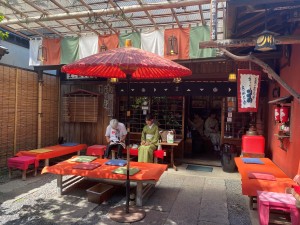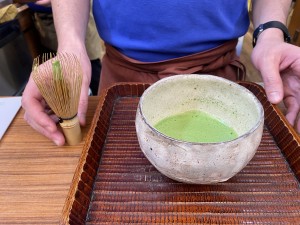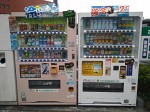

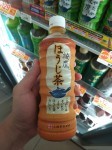

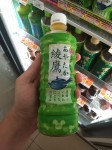
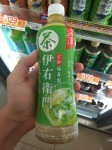
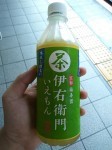
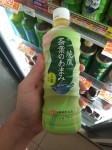
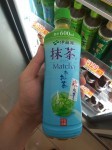
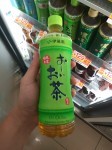
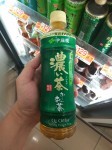

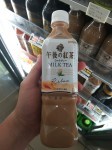


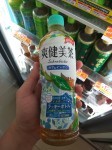


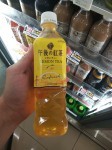

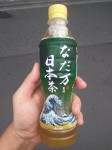
Tired after a long flight to Tokyo, we finally arrived in Yokohama. We found our hostel with some help of a Japanese guy and decided to go for a short stroll. Walking around streets of Yokohama and spending some time at the Tokyo Bay was a nice relax and let us experience a local life. That was also the first time, when we saw so many vending machines in one place. Actually, later on that was a common view, but that time, we were surprised by the view. And to our next surprise, these soft drinks were unknown to us! No Coke, no Sprite, no Pepsi, no Fanta… just varieties of coffees and teas. All local products, and local brands.
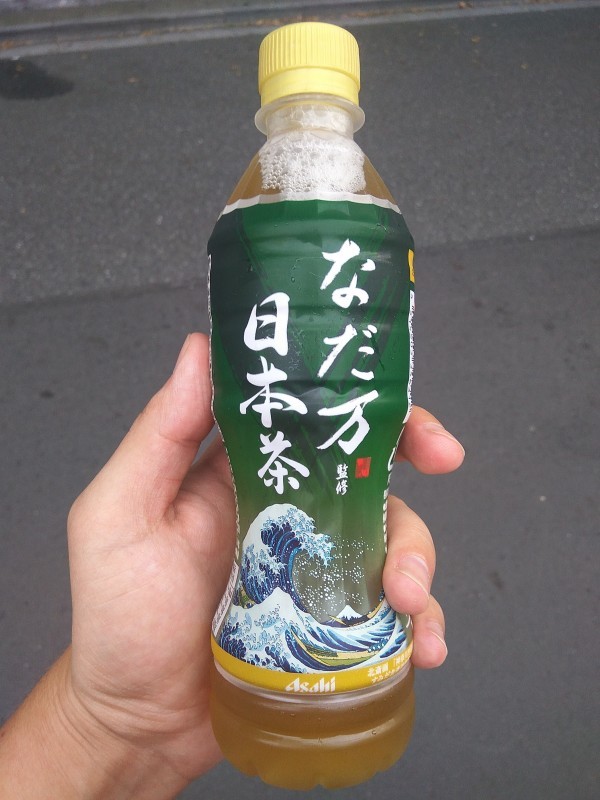
Well, that’s not true, because a lot of these drinks are Coca-Cola products sold under another brand, but the first impression was different.
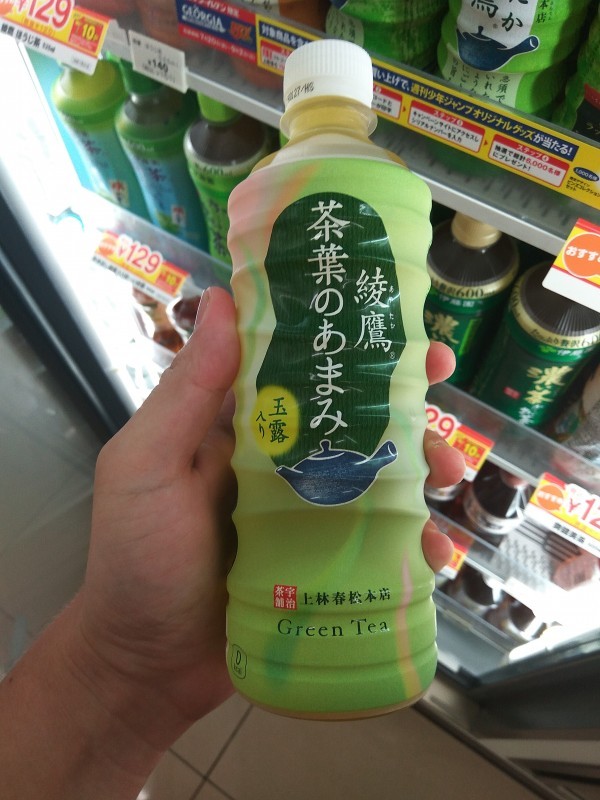
Why not then try one of them? We decided to have a tea, but then appeared the question – which one? Although they looked similar, there had to be something distinguishing them. However, as almost the whole label was in Japanese, we could just trust our intuition. And of course, pray that it would not be sweetened in any way! We had some bad experiences from other countries with teas, that were extremely sweet, that you couldn’t distinguish any other taste apart from sweetness.
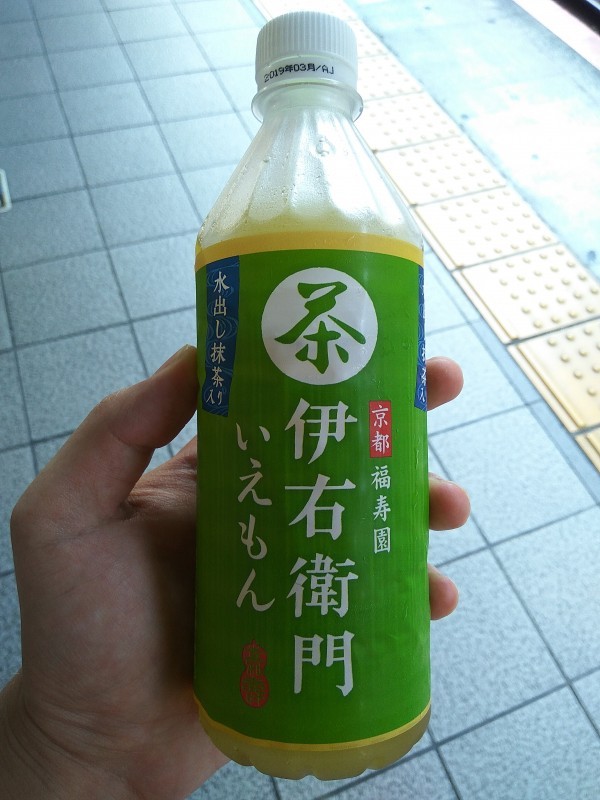
But that one was a perfect choice. That was a Suntorov product full of aroma and taste. No added sugar or any other sweeteners. Just plain tea with a little bit of bitterness in the aftertaste. Cold and refreshing. From that time on, we knew, that a bottled tea would be our everyday drink. And indeed, it was. With such a selection of teas and companies producing it, it was a fun to try different teas and compare their tastes.
And here it is:
our list of 10 top Japanese bottled teas:
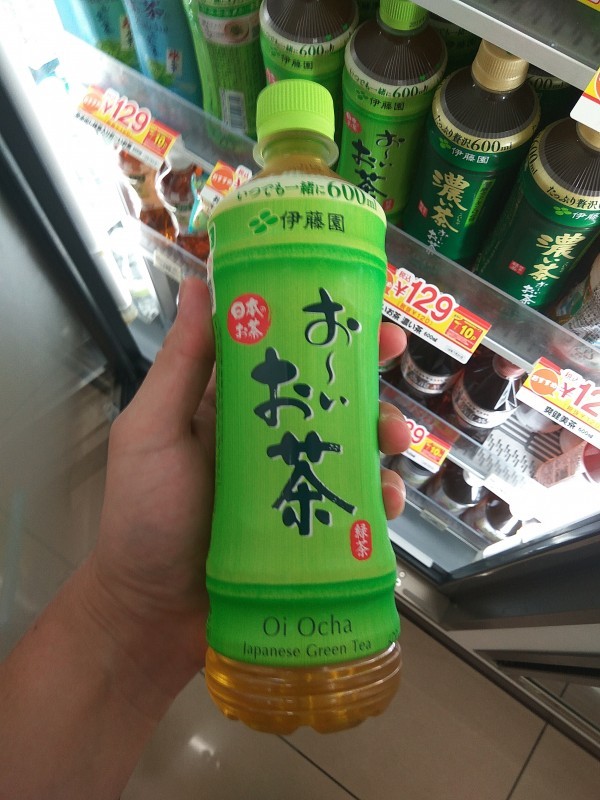
No. 1
The best for us was a Japanese Green Tea. Light in color, clear, slightly bitter, but not very strong.
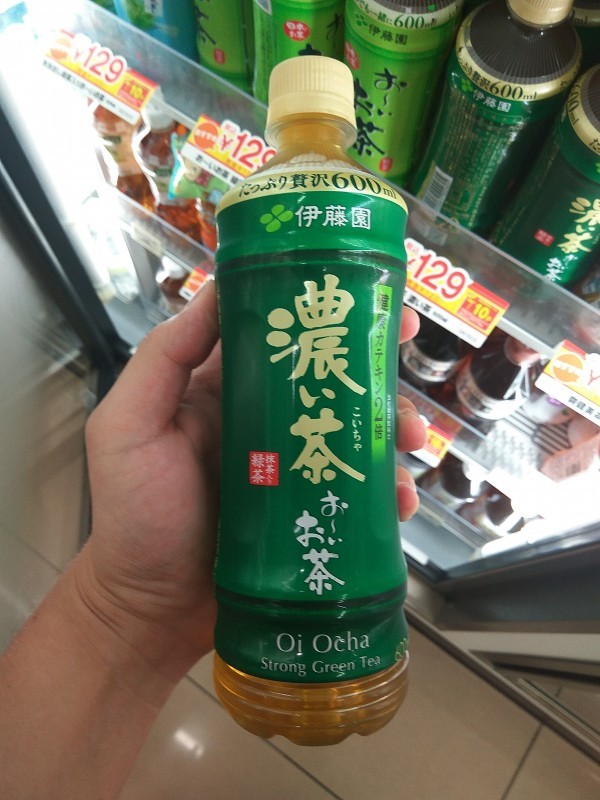
No. 2
For a strong taste of theine, select Oi Ocha Strong Green Tea. That tea has not only a great aroma but is also energizing. Comparing that one to a regular green tea, the second one has no taste.
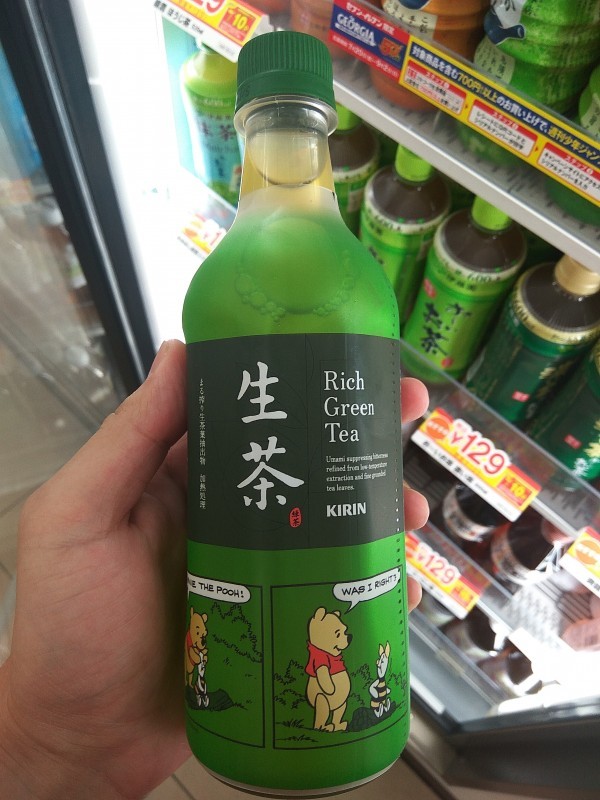
No. 3
The third place is for Kirin’s Rich Green Tea. On one hand we were fascinated by the label with Winnie the Pooh, but on the other hand, we had doubts whether that wouldn’t be the only advantage. And once again we were surprised – a lot of aroma, strong and thirst-quenching!
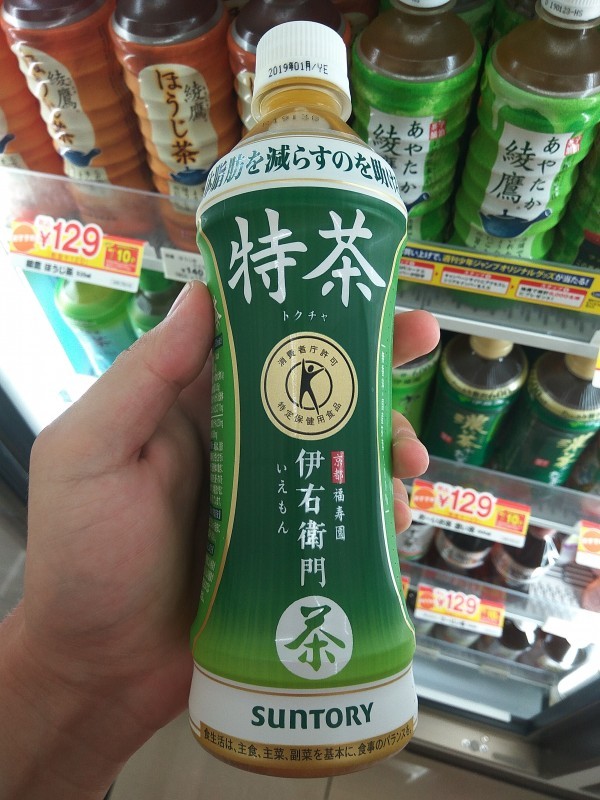
No. 4
Our next choice was Suntory Green Tea Iyemon Tokucha. A pleasant taste with a little bitterness. Ideal in taste both cold as warm.
Later we found out, that this tea was a special one. It's not a regular tea, but contains quercetin glucoside, that is said to help reduce body fat. In Japan, products like this are labeled FOSHU - Food for Specified Health Uses.
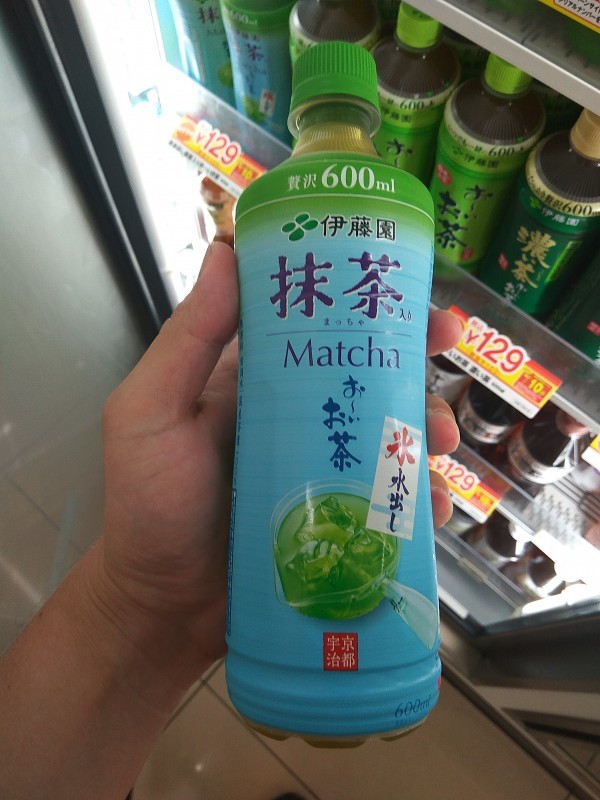
No. 5
Matcha tea was sweater in its taste, softer in the aroma and with a pale color. It has an interesting, delicate flavor and is unique to that country, so it is worth trying it.

No. 6
Coca-Cola Sokenbicha was completely different. It is not a regular tea. That one is made of pearl barley and brown rice. The color is golden, and the taste is subtle.
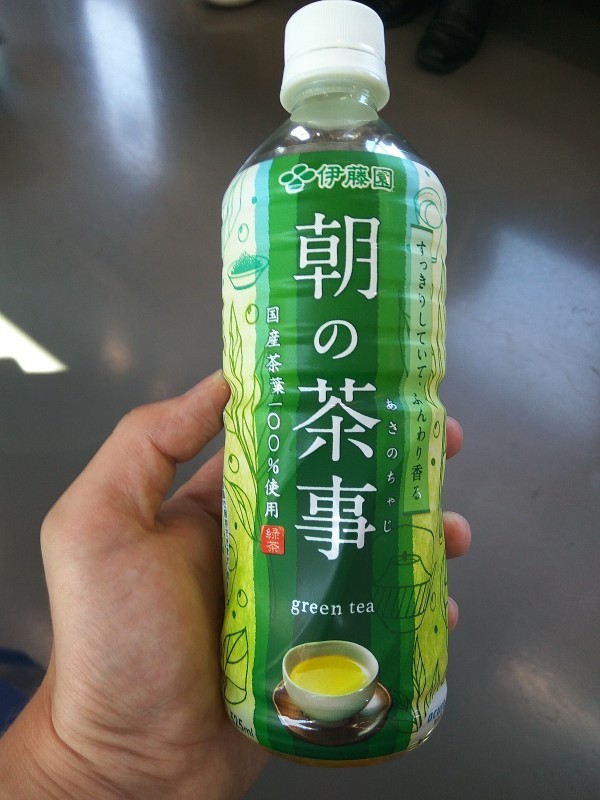
No. 7
A regular green tea was always OK. Sometimes with more aroma, sometimes even deprived of it. Usually the color was pale, I would compare it to a wheat beer. Unfortunately, we had some, that were almost flavorless.
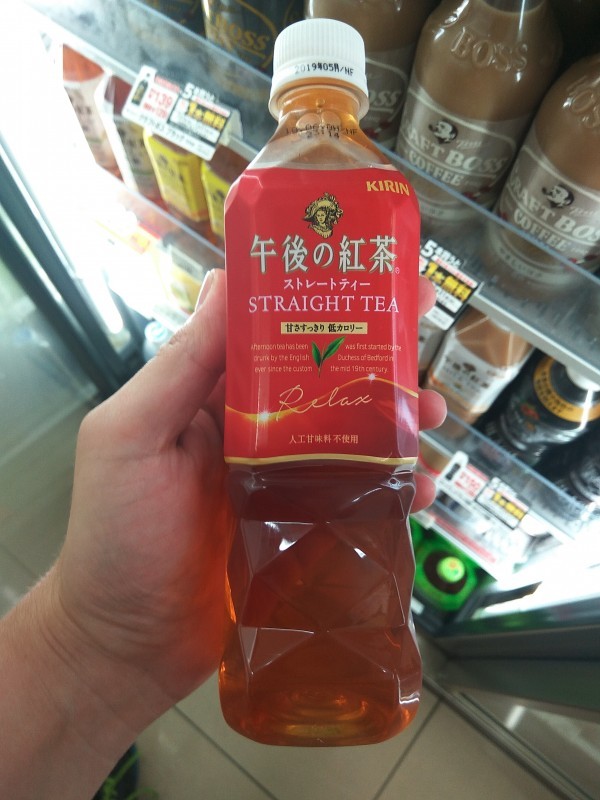
No. 8
Kirin Straight Tea – a good example of a bottled black tea.
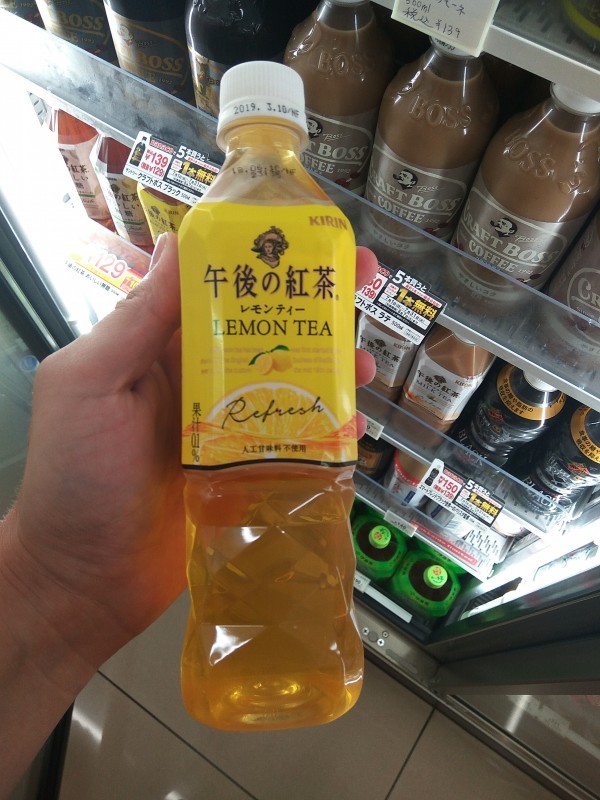
No. 9
Kirin Lemon Tea, although refreshing, had a too strong lemon aroma. Better than all other lemon teas around the world, however comparing it to regular teas, it was destroying the natural taste of the tea.
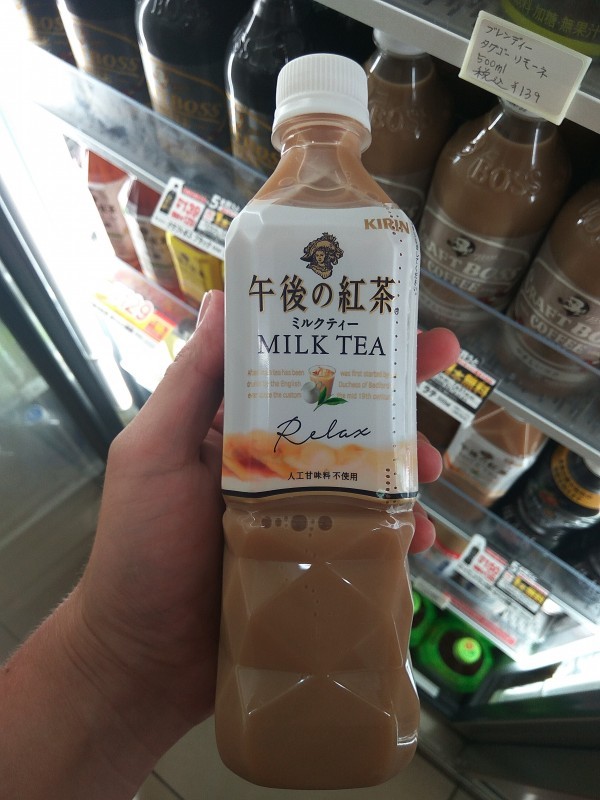
No. 10
Kirin Milk Tea was something, that although not so bad, completely didn’t go with either the climate nor with the local food.
Of course, there are hundreds of bottled teas, but once you have your favorites, you just keep buying them and enjoy it! :)
Date: 2018-08-01
Author: Beti – A passionate traveler and lover of Asian cuisine, especially Thai and Japanese dishes, Bernadeta brings her culinary and cultural experiences to life in her writing. Beyond her travels, she’s an avid technology enthusiast with a deep interest in data processing, merging her love for exploration with analytical insights.
Photographer: Adalbert – An aficionado of computers and photography, Adalbert captures the essence of diverse cuisines with a discerning eye. A connoisseur of rich flavors and particularly fond of meat-based dishes, he combines his technical skills with his passion for the culinary arts in every shot.
EAT IN ASIA / Lifestyle / Shop

